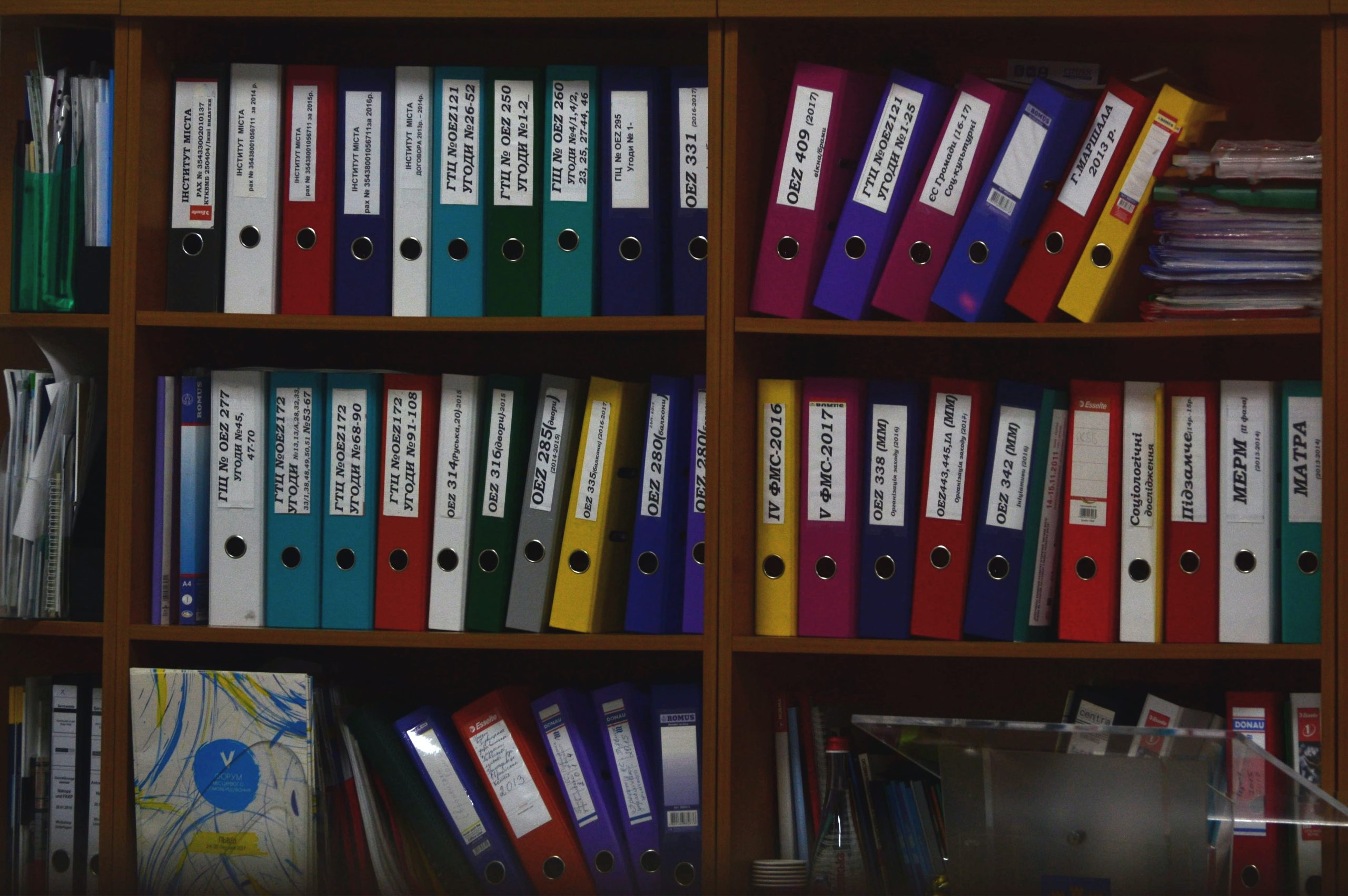Subheading: Examining the Disaster Preparedness Plan of the City of San Francisco
Introduction:
Disasters, whether natural or human-made, can strike anytime and anywhere, causing loss of life and property damage. In recent years, the frequency and severity of disasters have increased due to climate change, urbanization, and other factors. As such, disaster preparedness has become a critical issue for local governments worldwide. In this article, we will examine how local governments prepare for disasters, focusing on the case study of the City of San Francisco.
Body:
The City of San Francisco is located in a seismically active region and is prone to earthquakes, floods, wildfires, and other hazards. As such, the city has developed a comprehensive disaster preparedness plan to ensure the safety and well-being of its residents and visitors.
The disaster preparedness plan of the City of San Francisco has several key components. First, the city has established a command center, the San Francisco Emergency Operations Center (EOC), to coordinate emergency response efforts. The EOC is staffed by representatives from various city agencies, including police, fire, public health, and public works.
Second, the city has developed an early warning system, the San Francisco Alert, to inform residents and visitors about potential hazards. The San Francisco Alert system provides notifications via phone, text, email, and social media platforms.
Third, the city has established evacuation plans and designated evacuation centers for residents and visitors in case of a disaster. The city also conducts regular drills and exercises to test and improve its disaster response capabilities.
Fourth, the city has invested in infrastructure and technology to improve disaster resilience. For example, the city has installed seismic upgrades in critical infrastructure, such as hospitals and bridges. The city has also implemented a high-tech sensor network to detect earthquakes, floods, and other hazards in real-time.
Conclusion:
The City of San Francisco’s disaster preparedness plan serves as a model for other local governments worldwide. By establishing a command center, an early warning system, evacuation plans, and investing in infrastructure and technology, the city has demonstrated its commitment to ensuring the safety and well-being of its residents and visitors in times of crisis. However, disaster preparedness is an ongoing process, and local governments must continuously evaluate and improve their disaster response capabilities to be ready for whatever the future may hold.
Opinion Piece:
Title: Why Disaster Preparedness is Critical for Local Governments
Subheading: A Call to Action for Local Governments to Prioritize Disaster Preparedness
Introduction:
Disasters, whether natural or human-made, are a reality of modern life. From earthquakes and floods to pandemics and cyberattacks, disasters can strike anytime and anywhere, causing loss of life and property damage. As such, disaster preparedness is a critical issue for local governments worldwide.
Body:
Disaster preparedness is critical for local governments for several reasons. First, disasters can cause significant human suffering and economic losses. By investing in disaster preparedness, local governments can reduce the impact of disasters and save lives and property.
Second, disasters can overwhelm local resources and require external assistance. By developing a disaster preparedness plan, local governments can improve their capacity to respond to disasters and reduce their reliance on external assistance.
Third, disasters can have long-term social and economic consequences. By investing in disaster preparedness, local governments can reduce the long-term impacts of disasters and ensure a more sustainable future for their communities.
Conclusion:
Disaster preparedness is a critical issue for local governments worldwide. By investing in disaster preparedness, local governments can reduce the impact of disasters,










